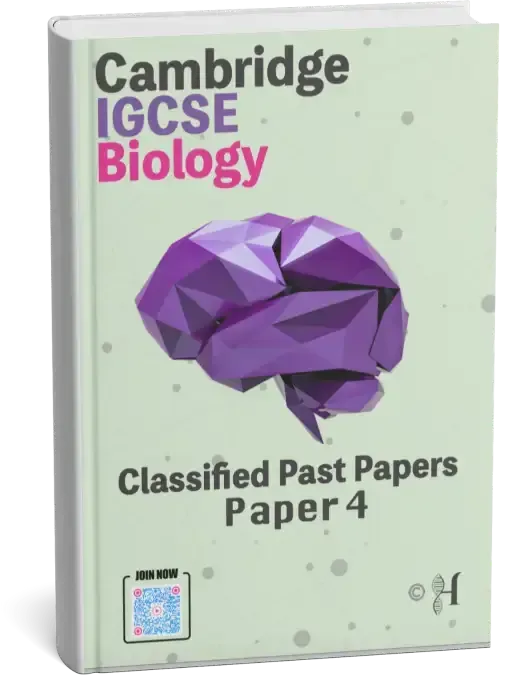IGCSE Biology
2026 - 2028
Syllabus Checklist
Topic 18: Variation and Selection
1 Variation
Describe variation
as differences between individuals of the same species.
State that continuous variation
shows a range of phenotypes between two extremes (e.g. body length, body mass).
State that discontinuous variation
has a limited number of phenotypes with no intermediates (e.g. ABO blood groups, seed shape, seed colour).
State that discontinuous variation is usually caused by genes only
, while continuous variation is caused by both genes
and the environment
.
Investigate and describe examples of continuous and discontinuous variation.
Describe mutation
as a genetic change.
State that mutation forms new alleles
.
State that ionising radiation
and some chemicals
increase the mutation rate.
Describe a gene mutation
as a random change in the base sequence of DNA.
State that mutation, meiosis, random mating
, and random fertilisation
are sources of genetic variation in populations.
2 Adaptive Features
Describe an adaptive feature
as an inherited feature that helps an organism survive and reproduce in its environment.
Interpret information or images about species to describe their adaptive features.
Explain the adaptive features of hydrophytes
and xerophytes
to their environments.
3 Selection
Describe natural selection
including:
▪ Genetic variation within populations
▪ Production of many offspring
▪ Struggle for survival
▪ Better adapted individuals reproduce more successfully
▪ Passing on advantageous alleles to the next generation
Describe selective breeding
as:
▪ Selection by humans for desirable features
▪ Crossing selected individuals
▪ Selecting offspring showing desired traits
Outline how artificial selection
is carried out over generations to improve crops and animals.
Describe adaptation
as the process by which populations become more suited to their environment through natural selection.
Describe development of antibiotic-resistant bacteria
as an example of natural selection.
Outline the differences between natural
and artificial selection
.




